Thoracic Outlet Syndrome (TOS) is a complex condition that occurs when blood vessels or nerves in the thoracic outlet—the space between the collarbone and first rib—become compressed. This can lead to a variety of symptoms that often affect the arms, shoulders, and neck, and in some cases, can be mistaken for other[…]
February is American Heart Month, a time to raise awareness about cardiovascular health. While the term "cardiovascular" often brings to mind heart-related conditions, the reality is that it encompasses both heart and vascular diseases.
At the Vein Institute at The Cardiovascular Care Group, our vascular surgeons are dedicated to saving limbs whenever possible, but we also understand that in certain cases, amputation may be the best course of action for a patient’s health and well-being.
Vein procedures, such as ablations, can effectively treat conditions like varicose veins and spider veins. However, it's crucial to know when a vein procedure is truly necessary. At the Vein Institute of NJ at The Cardiovascular Care Group, we regularly see patients who have been advised by other "vein" doctors to[…]
Vasculitis is a group of rare diseases characterized by inflammation of blood vessels. This inflammation can cause a wide range of symptoms and complications, affecting various organs and systems in the body. Understanding vasculitis from a vascular perspective is crucial for accurate diagnosis, effective treatment,[…]
Leg pain is a common complaint that can be attributed to a variety of causes, both vascular and non-vascular. Understanding the nuances of different leg pain symptoms is crucial, as it can lead to early detection and effective management of underlying conditions.


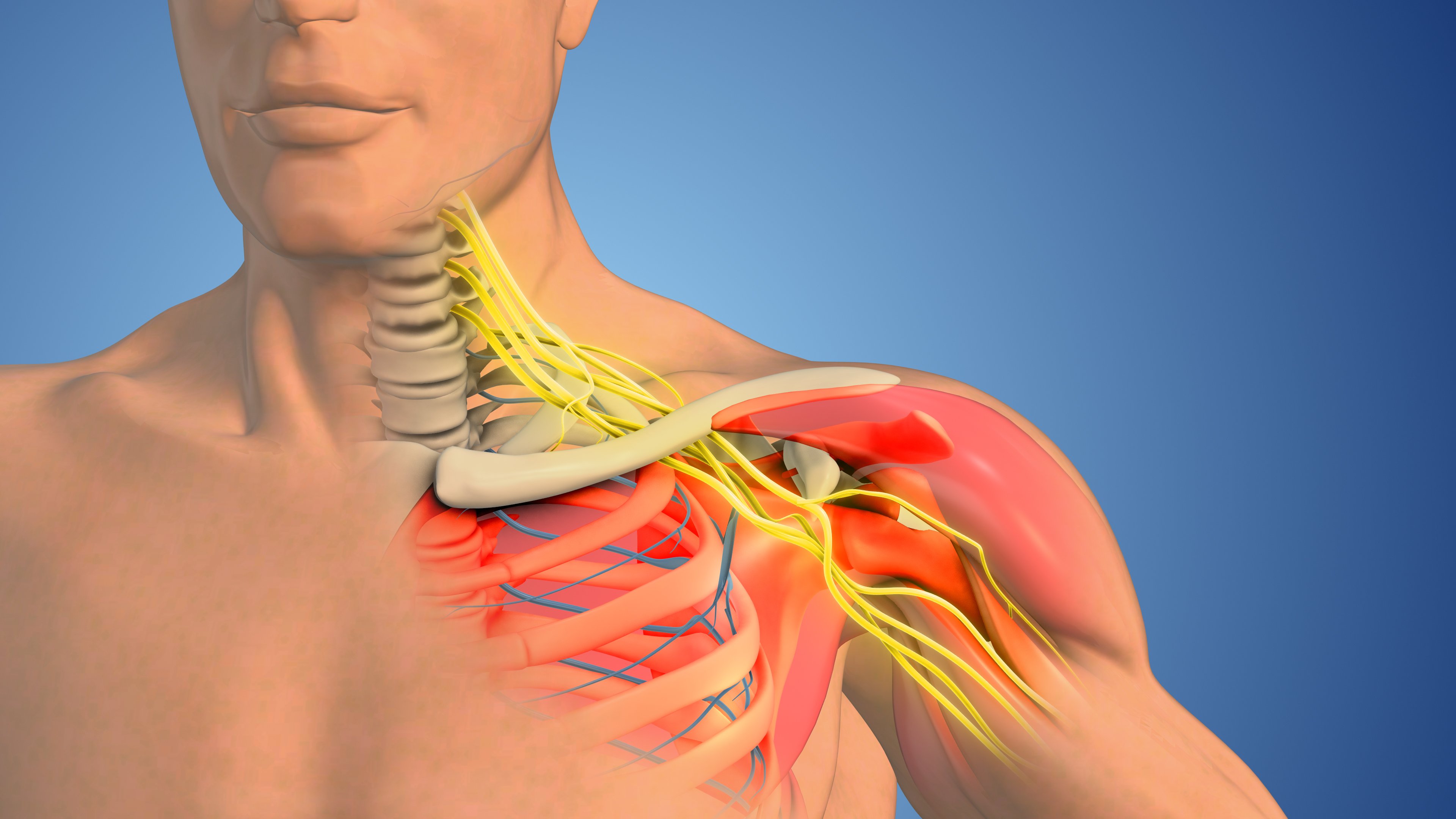
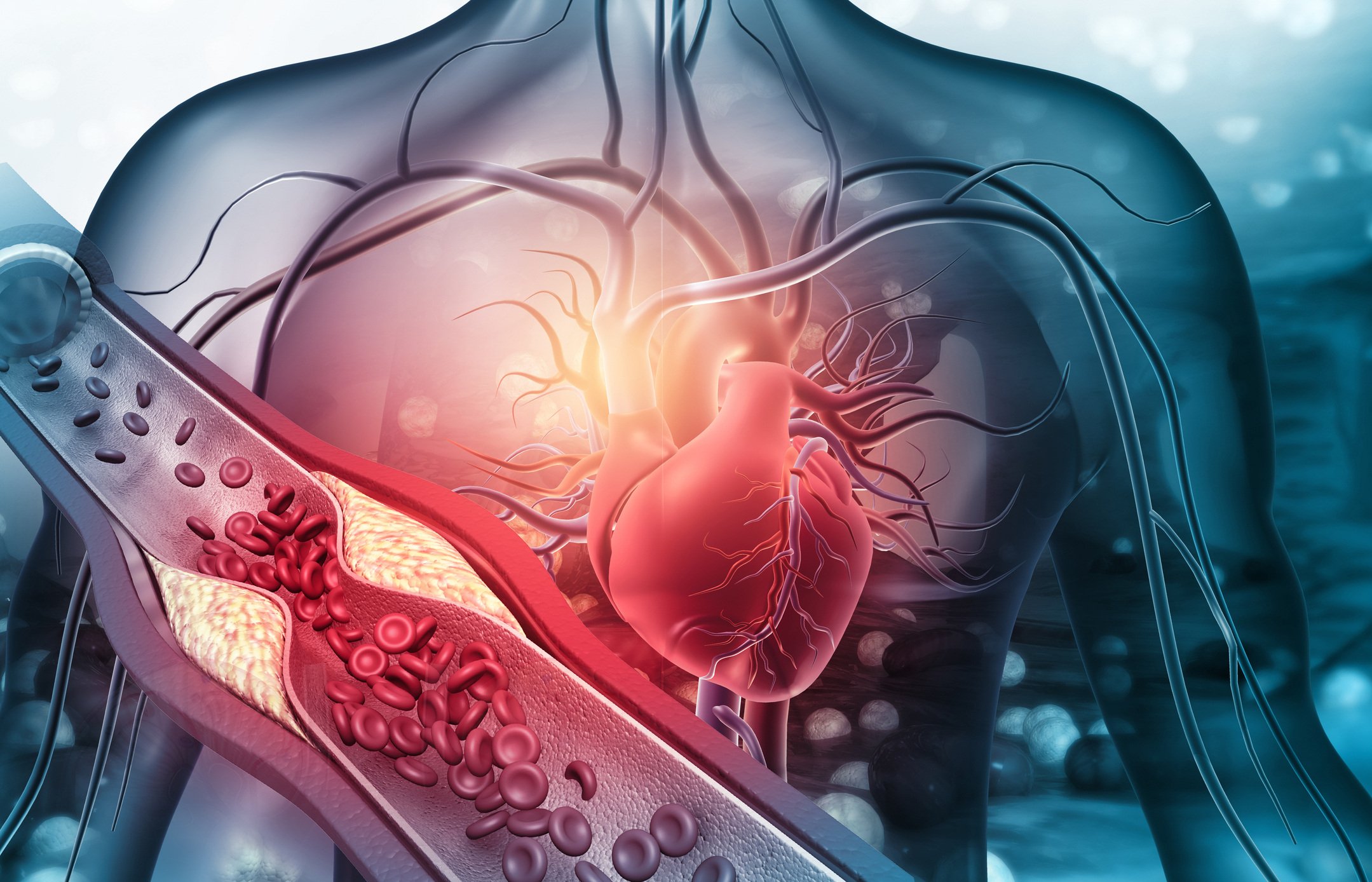
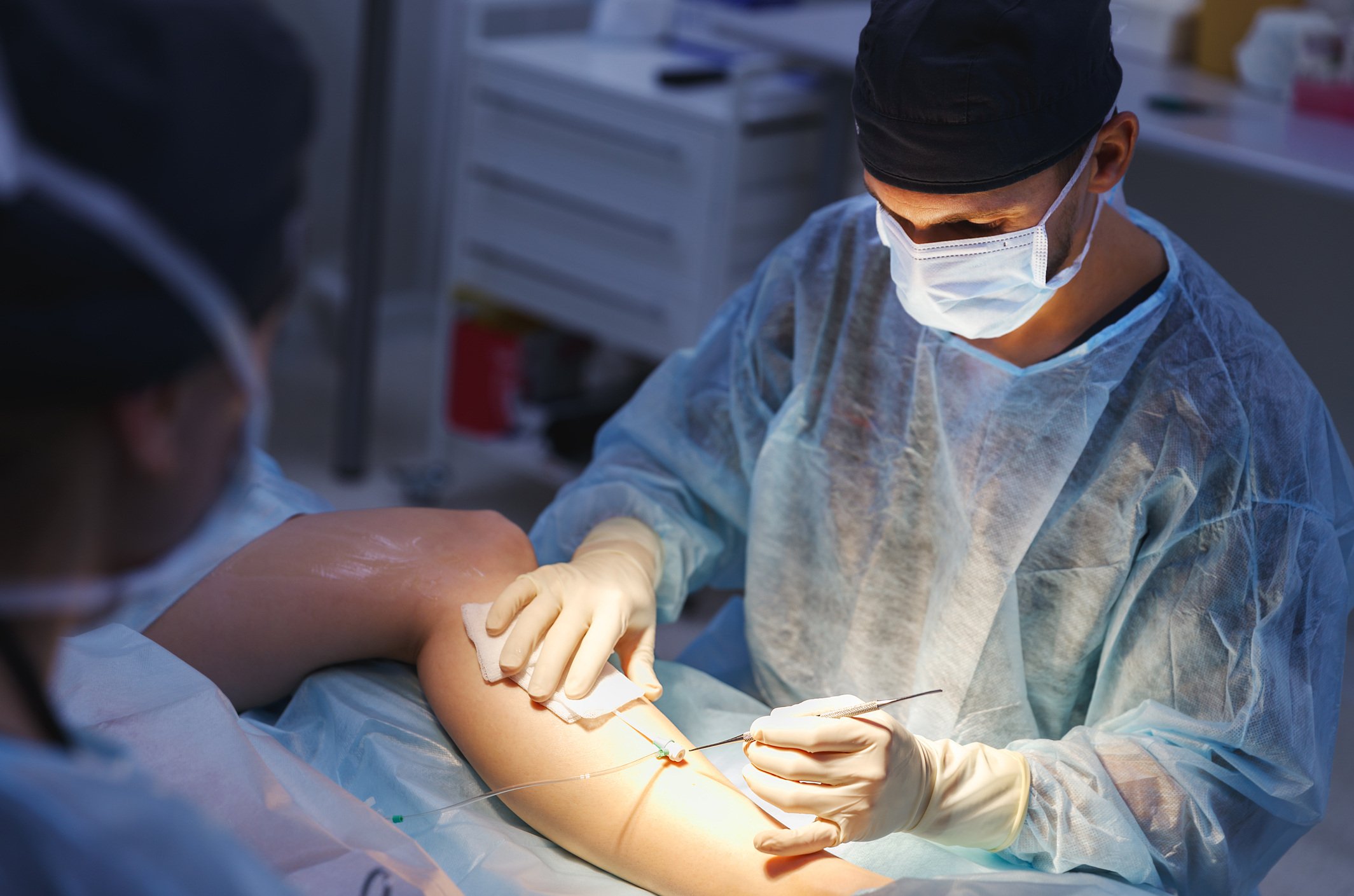
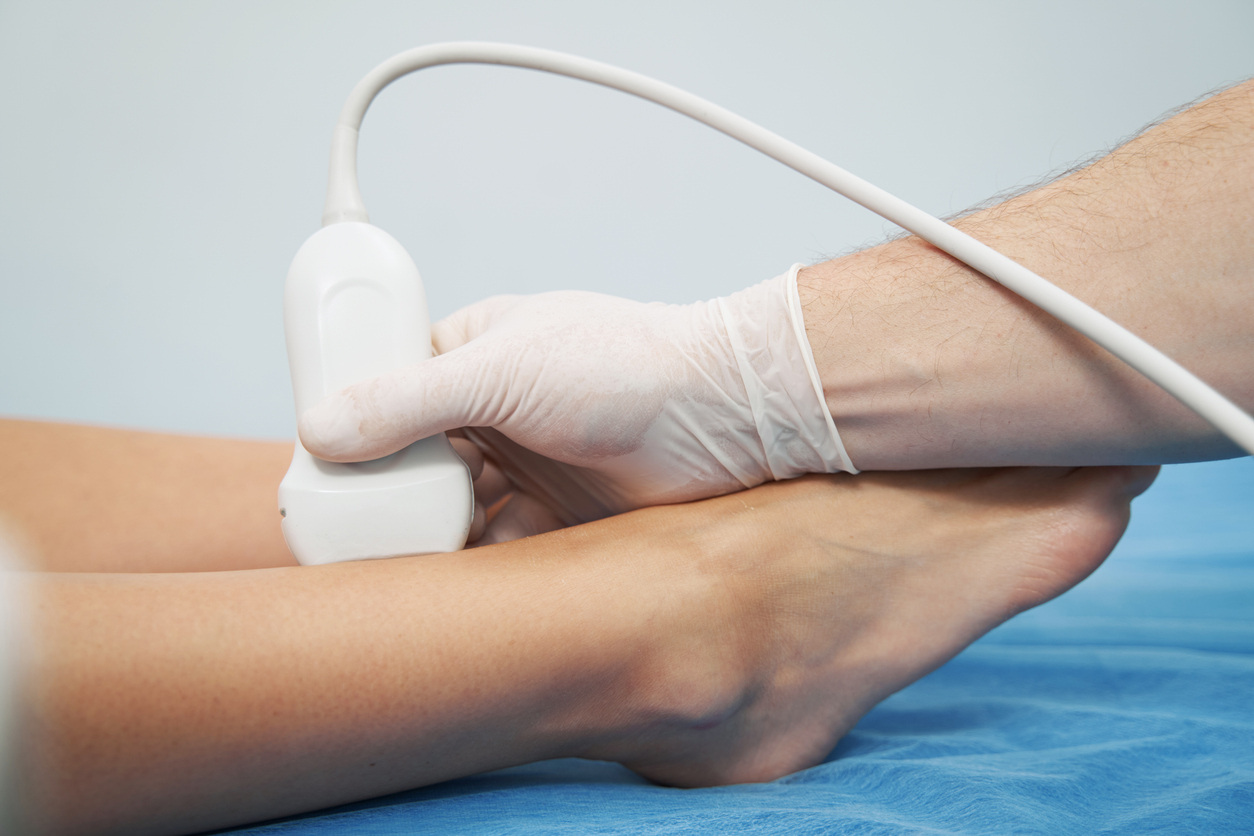
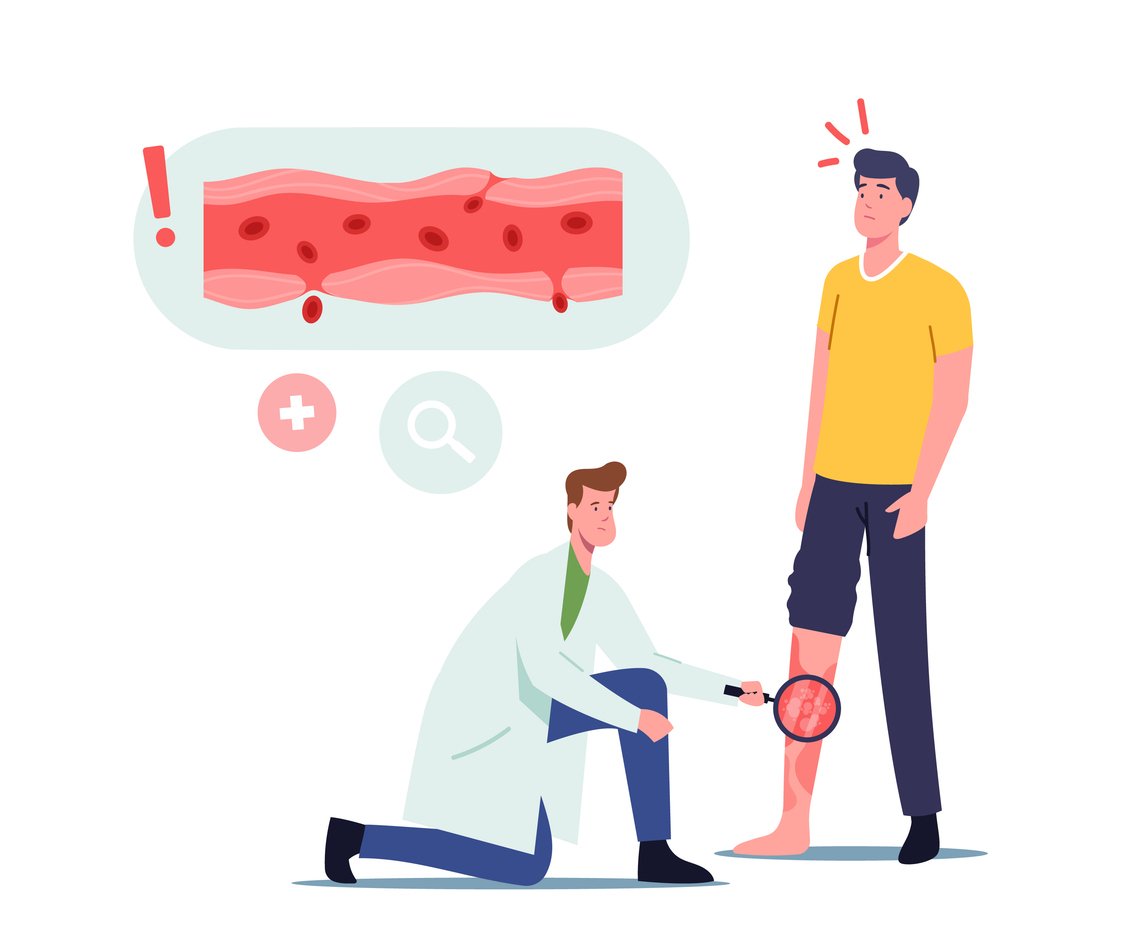




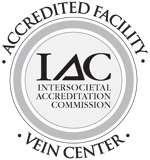
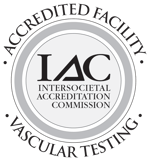
.jpg?width=944&name=Castle-Connolly-Top-Doctors-Emblem-Large%20(4).jpg)